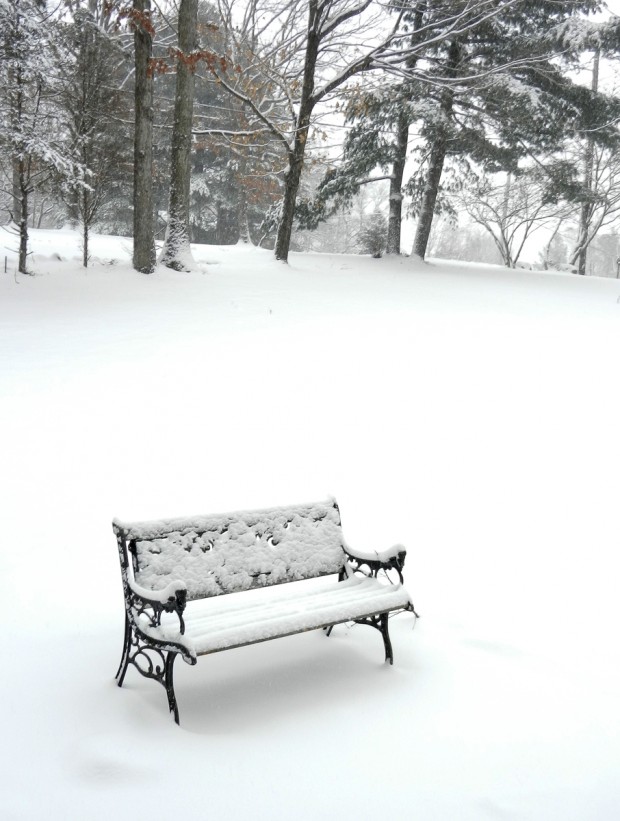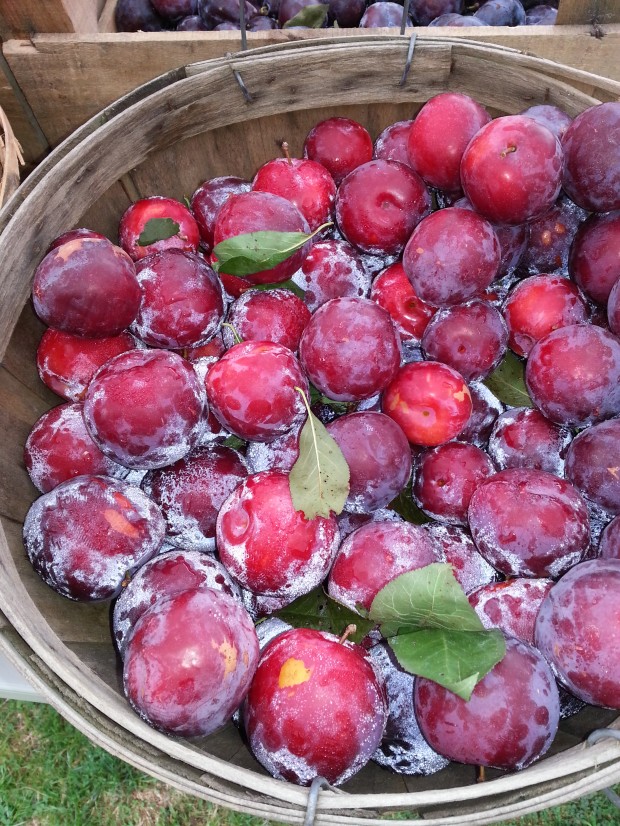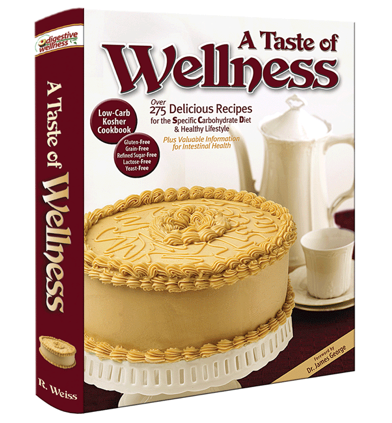I was recently interviewed for PRCouture, which is an online resource for fashion P.R. professionals worldwide. The article was written by Lori Riviere of The Riviere Agency in New York. Here’s a copy:
Product Photography: What Fashion Designers & Publicists Need to Know
The publishing industry has undergone massive changes in the last 5-10 years and now product photography is even more critical for brands seeking to maximize editorial coverage. Online outlets need these images for quick and immediate content and print magazines have smaller budgets and often forgo editorial shoots that use the traditional editorial pull method. Having strong product images that media outlets can quickly drop into a feature with minimal editing can greatly increase chances of coverage with certain outlets. We sat down with one product photographer, Nancy Lenore, to learn more about the world of product photography and what she does to help brands make their mark.
Tell us about yourself. How long have you been doing product photography?
I started my career as a photojournalist in the Washington, D.C. area. After almost 4 years of news photography, I realized that what I really wanted to do was create beautiful images of beautiful things, so I went back to school to study studio photography and lighting. It was the best decision I’ve ever made, and I’ve been a commercial product photographer ever since.
What I really wanted to do was create beautiful images of beautiful things
What specifically do you photograph?
I help businesses of all sizes to showcase their products with compelling imagery. I shoot apparel, accessories, and jewelry both on and off-figure. I also shoot food, consumer and industrial products.
Why should someone hire a product photographer to take product photos as opposed to taking them in house?
Great question! With the advent of digital photography, almost anyone can take a picture of their product to use for P.R. and advertising purposes. The difference between you and a professional product photographer taking your photos is that the professional has been trained to light your product in a way that will enhance it’s key features and make it more appealing to your customers. I’m a do-it-yourselfer at heart, so I understand the desire to create your own brand imagery, but I also understand that hiring a professional can save you both time and money in the long run and allow you to do what you do best.
What is the difference between a product still and a lifestyle or catalogue image?
In general, a product shot is a clear and simple representation of the product. For apparel, it could be a shot of a dress on a mannequin, rendered in 3D. A product shot of a leather bag might be shot on a clean white background showing the features of the bag in several views. The purpose of a product shot is to quickly communicate to the customer specifics about the item, such as the texture of the fabric, the drape of garment, or special features of the piece. A lifestyle or catalogue image typically shows the product in use, and the photographer can be less concerned with the details of the item, and more concerned with the environment the product is represented in. The purpose of these images is to create a mood or further a brand’s image.
What practical applications do product photographs have?
Product photography is everywhere! Businesses use images on their packaging and branding materials, in ads and marketing materials, on websites, and across all social media as well. One great photo can be used across all of these platforms.
How do I find a good product photographer?
A good product photographer will have both an online presence and an online portfolio, and you should be able to find them by doing an internet search. Look at their portfolio for examples of their product work to better understand their level of expertise. Before hiring anyone, ask what their specific product photography background is. You’ll want to be sure that they have experience lighting and shooting products in a studio situation, because that’s the difference between a professional and you. I also recommend asking business associates for referrals, so you can benefit from their experience.
Is it important or necessary to be at the shoot?
The majority of my clients either ship or deliver their products to my studio and I send them images for approval before finalizing the shoot. As long as both you and the photographer understand what’s needed, it’s not necessary for the you to be there during the shoot.
How do you photograph clothing pieces?
Apparel looks better when it’s photographed on a form, model, or mannequin, because it better shows the fit and shape of the garment, so I usually shoot it that way. On occasion, I’m asked to shoot a garment flat, and it’s a challenge to make a great photo that way. It’s impossible to light the garment and the background separately when shot this way, so the lighting on both suffers. The trend for the past few years has been to photograph the clothing on a mannequin then do post-production work to remove the mannequin and render the garment in 3D. It’s a great way to see the item without the distraction of a model.
How do you photograph accessories and jewelry?
Accessories can be photographed both on and off-figure. For a straight product shot, the piece is put on a background and lit. Several shots may be required to showcase it’s specific details, like an inside pocket or chain handle on a bag, or separate shots of the front, side, and back views. The way jewelry is photographed depends on the material it’s made of. Smooth metals like silver or gold need to be surrounded by even lighting because their mirror-like surface reflects even the smallest thing around them. Faceted stones in a piece call for a more direct light source. Jewelry can also be shot on a set or on a form or model.
How much does it cost to get product photographs?
I think businesses might be surprised at how reasonable professional product photography can be. Some product photographers charge on a per-shot basis, while others charge on a time plus expenses basis. I’ve seen quotes for as little as $10 and as much as $200 per shot, and anywhere from $500 to $3500 per day for product photography. While both the low and high numbers are a bit extreme, most product photographers will fall somewhere in between. My studio has both an hourly and a day rate because I find that many of my client’s shoots do not require a full day to accomplish, so I use my hourly rate to save their budgets. If you are comparing quotes from several photographers and get some that are per-shot and some that are hourly/day rates, ask how many shots the photographer averages in an hour. This will allow you to better understand the actual cost per item. Also, it’s important to find out if silhouetting, retouching, or post-production work is included in the rate.
– See more at: http://www.prcouture.com/2014/11/04/q-a-with-product-photographer-nancy-lenore-of-photo-synthesis/#sthash.aoCDAT92.dpuf








